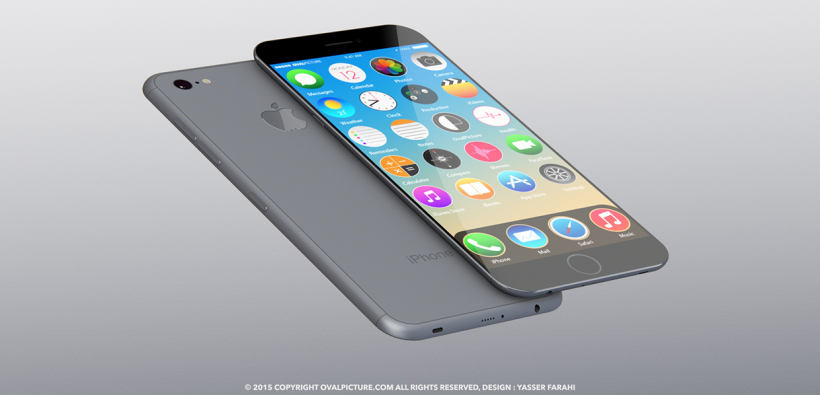Submitted by Frank Macey on
What is Force Touch ID? According to a report from Cowen and Company, Apple may debut the technology on the iPhone 7 this fall. Force Touch ID would replace the home button with a capacitive touch sensor to unlock the device. The iPhone 7 concept from designer Yasser Farahi shown above includes a flush home button that avoids using any moving parts.
Unlike current Touch ID home button designs, the Force Touch ID would simulate a physical button press with haptic feedback. Instead of moving parts, the sensation of a click would be delivered using a tiny vibrating motor inside the assembly. Apple currently uses this technology to provide Force click capability on MacBooks with Force Touch trackpads. The Force Touch trackpad provides haptic feedback without any physical click movement, and makes it possible to vary pressure when clicking in macOS and compatible apps.
Bringing Force Touch to the iPhone 7 home button makes sense considering other rumors and leaks from the supply chain. For example, a flush home button that does not move would dovetail nicely with waterproofing, which is reportedly coming to the next generation iPhone. In addition to waterproofing, a Force Touch ID button could be used for a completely redesigned iPhone coming in 2017. The iPhone 8 is said to have a radical new design with a single, uniform edge-to-edge glass display. In this case, the iPhone home button would be located below the display and completely hidden.
Returning to the iPhone 7, the updated handset is expected to launch in September with redesigned antenna bands, a larger camera assembly, Force Touch ID and updated internal hardware.
